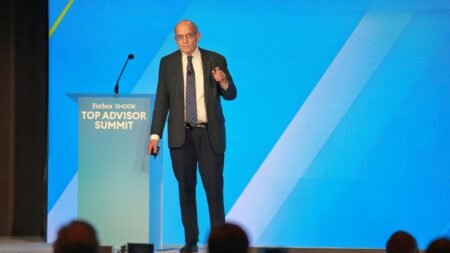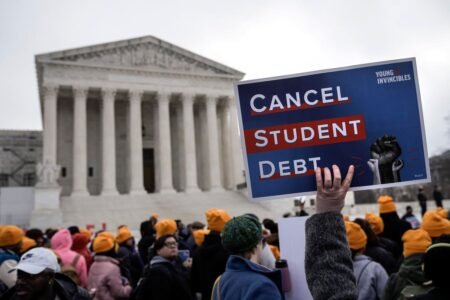A recent case before the U.S. Eleventh Circuit Court of Appeals, SE Property Holdings, LLC v. Welch, has shed light on the nuances of fraudulent transfer laws and the remedies available in such cases. The case involved a failed real estate development in Florida, where SE Property Holdings, LLC lent money to Neverve LLC for a project that ultimately flopped. After SEPH obtained a judgment against Neverve for nearly $20 million, Neverve received a settlement from British Petroleum for damages caused by the Deepwater Horizon oil spill. Instead of using the settlement proceeds to repay SEPH, Neverve transferred $350,000 to the personal lawyer of its principal, David Stewart, for legal fees related to his personal bankruptcy in Oklahoma.
SEPH filed a fraudulent transfer lawsuit against Neverve and the Oklahoma lawyer under the Florida Uniform Fraudulent Transfer Act (FUFTA), seeking to avoid the $350,000 transfer, damages, and other relief. The District Court dismissed the case against the Oklahoma lawyer due to jurisdictional issues, leaving only Neverve as a defendant. Neverve sought dismissal of the case, arguing that the Oklahoma lawyer was a necessary party. The District Court allowed part of SEPH’s claim to proceed, but ultimately granted summary judgment in Neverve’s favor on the remaining claims.
SEPH appealed to the Eleventh Circuit, arguing that it should be awarded additional damages against Neverve under the catch-all provision of the FUFTA. However, the Eleventh Circuit rejected this argument, citing specific provisions in the FUFTA that limit the award of damages to transferees, not transferors. SEPH’s attempts to seek punitive damages and attorneys’ fees against Neverve also failed, as these remedies were not supported by statutory authority or equitable principles.
The Eleventh Circuit affirmed the District Court’s decision in favor of Neverve, highlighting the importance of understanding the purpose of fraudulent transfer actions. While creditors may seek to hold debtors accountable for fraudulent transfers, the primary focus of such actions is to recover the fraudulently transferred assets from transferees. Additionally, the decision emphasized the distinction between avoidance of transfers and obtaining money judgments, noting that the most efficient remedy is typically avoidance, as it allows creditors to immediately collect against the transferred asset.
Overall, the SEPH v. Welch case serves as a reminder of the complexities involved in fraudulent transfer actions and the importance of pursuing remedies against transferees rather than debtors. Additionally, the ruling underscores the limitations on the types of relief available in such cases and the need for creditors to carefully consider their options when seeking to enforce judgments through fraudulent transfer actions.












